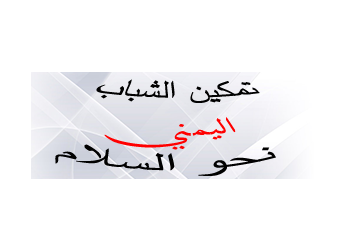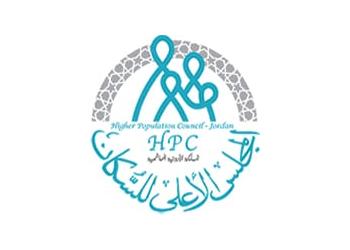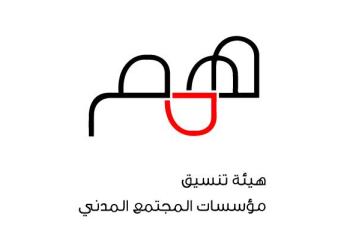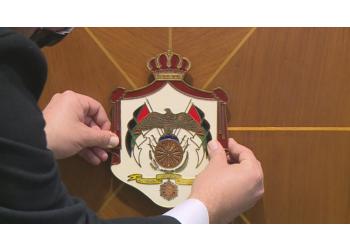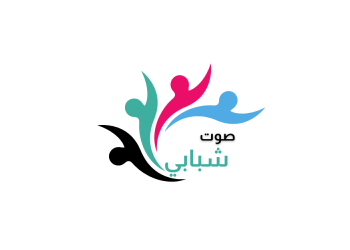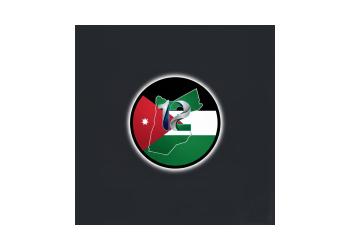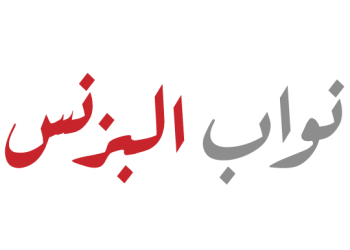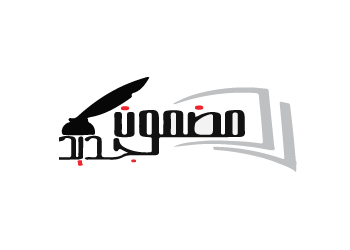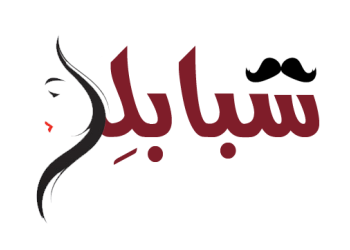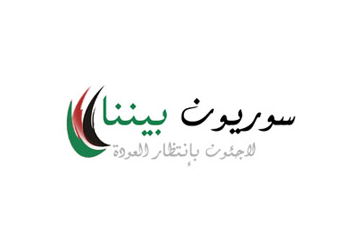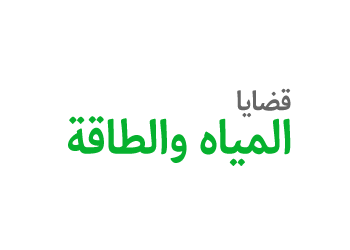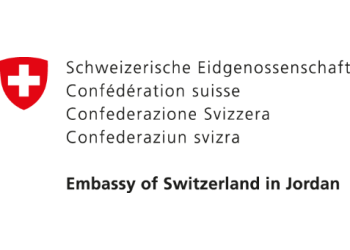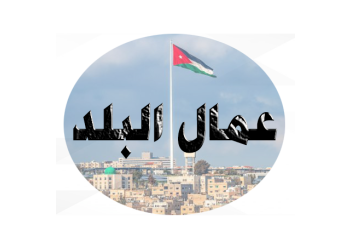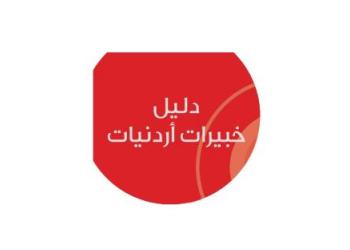A wave of drug trafficking into Jordan… Is there an Assad connection?

Translated by Zach Bampton
The funeral of a Jordanian officer on Monday, following a skirmish with armed Syrian drug traffickers, raised questions about the origin of gangs smuggling into the kingdom as well as the extent of Jordan’s security cooperation with its northern neighbor.
A Jordanian Armed Forces source stated in a statement that “a group of traffickers opened fire on the border guards, who then responded in kind and applied rules of engagement. While their response forced the traffickers to flee back into the Syria, the attack left behind the deceased Sergeant Muhammad Yasmeen Musa al-Hadirat. Three other individuals were wounded and taken to King Talal Military where their health is currently being monitored.”
Drug cases have witnessed a sharp increase in Jordan according to the country’s Anti-Narcotics Department (AND). Since September 2021, the country apprehended 13 thousand cases related to narcotic substances implicating approximately 19 thousand people, in addition to 3235 cases of trafficking and distribution over the same period.
In a statement, retired Air Force Colonel and Military expert Mamoun Abu Nuwar called upon the Syrian regime to uphold its responsibility in combatting drug trafficking within the areas under its control. According to Abu Nuwar, “the border with Syria is a constant source of threats to Jordan, whether it is drug trafficking or terrorist groups. Yet there are no security gaps along the Jordanian side because of our preparations, so there must be collaborators with the smugglers within Syria.”
Abu Nuwar went on to say, “Jordan is doing its best to assist the return of the regime legitimacy, opening of its borders, and establishing stability and unity in Syria. In return, the regime has cut off the water of the Yarmouk River, building dams and water storage facilities. This is Jordan’s reward, the same Jordan that welcomes thousands of Syrians. I expect more smuggling attempts to be made aiming for the Gulf, but our army firmly controls the border and we are waiting for them.”
Jordanian-Syrian Cooperation
In September, Major General Yusuf Ahmad al-Hanita, head of the Jordanian Joint Chiefs of Staff, welcomed his Syrian counterpart Major General Ali Ayoub to Amman in order to discuss cooperation between the countries. The two sides discussed border security as well as the conditions in southern Syria, in addition to counter-terrorism and anti-drug trafficking.
Political analyst and professor of Political Science Ammar Al-Shibayla toldammannet that “the Jordanian-Syrian opening might limit smuggling operations, but it is also a challenge to the Syrians. These areas where drug trafficking occurs have lived for years without a state alongside border gangs, where there are links between crime and terrorism They have lived under harsh economic conditions, and all these factors raise the risk of combatting drug trafficking.”
He added, “Syrians are confronting the challenge of domestic militias that have made their living for years in the drug trade. Jordanian-Syrian cooperation will help, but the Syrians cannot curb smuggling so quickly.”
red lines
Writer and Political Analyst Maher Abu Tayer reported that high level officials saying that there are “tens of points of entry inside Syria and along the border, and (?)the majority of them are places to manufacture drugs.
According to Abu Tayer, “these are centers for drug production in some of the areas along Syria and Jordan’s northeast border. Additionally, they indicate the existence of gangs distributing and smuggling drugs to Jordan. There is a map overflowing with other concerns around terrorist groups and points within Syria for smuggling weapons. All these groups point toward Jordan every day. The country is in a difficult spot with this information coming out of Syria.
He added, “these borders are dangerous because of the chaos within Syria, which spawned rampant lawlessness. Subsequently, the country became a breeding ground for the drug trade, weapons, and extremism. Jordan has so far been able to secure the border despite the heavy burden and sensitive nature of this issue .
Abu Tayer went on to say that, “the presumption is that Syrians would play a greater role in ending this phenomenon in light of the improved relations between Jordan and Syria. There is on-going military, logistical, and security cooperation, such as the recent visit of the Syrian Defense Minister to Amman. Even if there are influential people resisting this change within Syria, the constant flow of threats to Jordan is unacceptable. Still, we acknowledge that the situation on the ground is not easy and the environment in those desert areas along the border is conducive to supporting these gangs or setting up secret drug facilities.”
The writer confirmed to ammanne that “smugglers are using advanced weapons and new techniques in their confrontations here in Jordan.”
Is there a connection to Maher al-Assad?
In December 2021, the New York Times published an investigation covering the drug trade from Syria to Lebanon, Jordan, Egypt, and Saudi Arabia, among others. The piece sparked many headlines with its accusation that Maher al-Assad, President Bashar al-Assad’s brother, and other prominent figures within the Syria regime are behind the country’s transformation into “the global center of Captagon production.”
According to the investigation, much of the production and distribution of drugs occurs under the supervision of the “Fourth Division” led by Maher al-Assad. The report also claimed that among the major players are businessmen with reliable ties to the regime and other members of the Assad family, as well as Hezbollah.
Syrian journalist Mohammad Hussein al-Ayid, from the Syrian News Channel, told ammannet that “some of the drug smuggling is carried out by remote control drones, and this is technology possessed by the Fourth Division under Maher al-Assad.”
He added that, “these militias under Maher al-Assad traffick drugs along the Jordanian border from the Badia (editor’s note: the Syria desert, steppe, and semi-desert along its southern border with Jordan) to the city of Dar’a. The only area with some semblance of surveillance is Area 55 which includes the US al-Tanf airforce base and the Revolutionary Commando Army, who regularly seizes shipments of drugs coming from Hezbollah.
Members of the Fourth Division are deeply involved in smuggling drugs across the border.”
Jordanian officials decided last September to open its land and sea borders with Syria as the latest step toward resuming relations with the regime. These changes come as Jordan attempts to repair economic ties with its northern neighbor after years of disrepair following the war in Syria.


